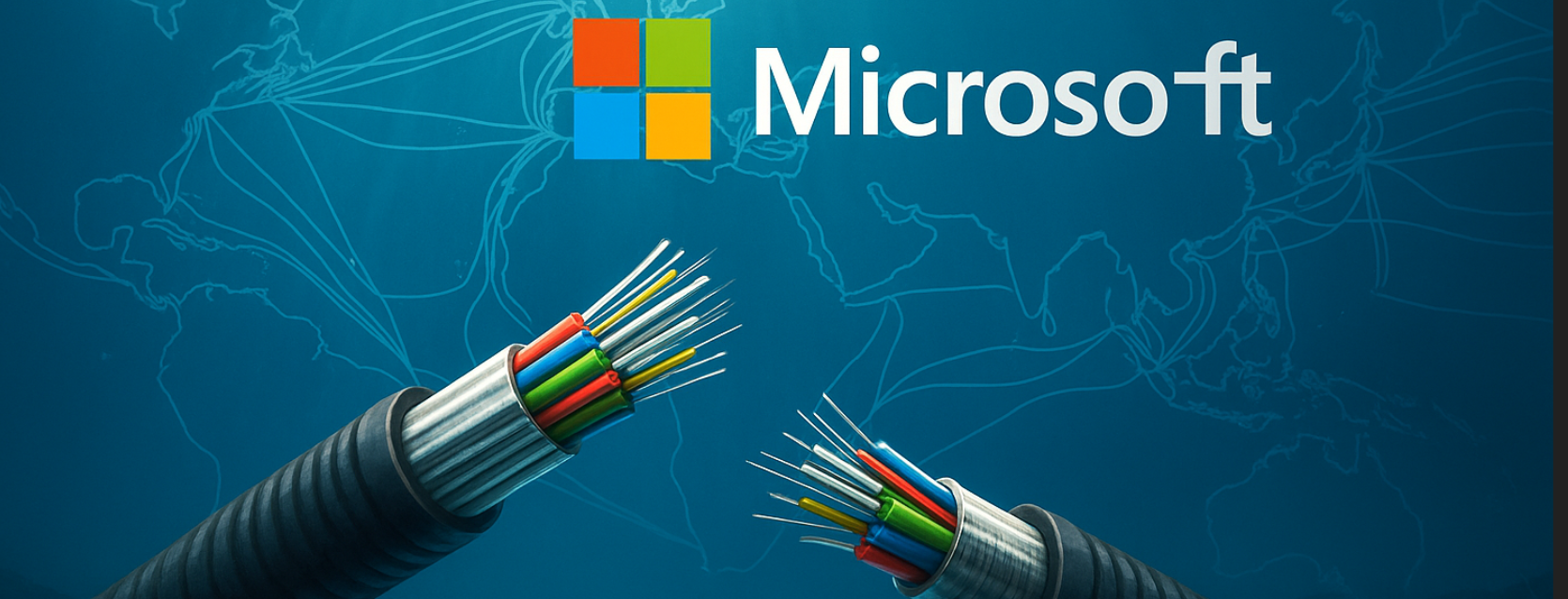When your cloud service starts lagging, it can feel like hitting a brick wall—especially when the cause is thousands of miles under water. That’s precisely what happened when multiple undersea fiber lines snapped in the Red Sea, triggering what I’d call a wake-up call for global cloud infrastructure. Let's unpack how Azure latency Red Sea cable cuts made headlines, and what it means for our increasingly digital world.
The Incident Unfolds: When Azure Latency Red Sea Cable Cuts Hit
It all started on September 6, 2025. A series of undersea cables in the Red Sea—particularly the SMW4, IMEWE, and FALCON GCX systems near Jeddah, were damaged, sparking connectivity problems across large swaths of Asia and the Middle East. Countries such as India, Pakistan, Saudi Arabia, Kuwait, and the UAE reported sluggish speeds or intermittent access. Experts flagged the cables as among the most vital arteries of international data flow, connecting continents and cloud platforms seamlessly.
Microsoft’s Azure, the world’s second-largest cloud provider, was quick to react. In a service status update, the company warned users that Azure latency could increase as traffic usually routed through the Middle East was being rerouted. While they assured that traffic not passing through that region remained unaffected, the disruption highlighted the cloud’s dependence on physical cables and infrastructure resilience.
Rerouting, Resilience, and Repair: How Microsoft Managed the Crisis
Azure’s engineering teams swiftly put contingency measures into place. They rerouted traffic through alternative pathways, monitored network health, and promised daily—or faster—updates to affected users. Yet, even with these measures, OK connectivity didn’t quite feel “normal.” Latency spikes lingered, impacting cloud-based workloads and communication tools. Repairing submarine cables is notoriously slow. It often involves specialized ships, accurate sub-surface positioning, and favorable sea conditions. In a geopolitically sensitive zone like the Red Sea, these complexities only multiply. So while Microsoft reassured users that Azure latency Red Sea cable cuts were being addressed, full restoration relied on maritime logistics still weeks away.
What It Means: Broader Lessons on Cloud Dependency and Infrastructure Weak Points
Now, let’s zoom out from the immediate crisis:
- Infrastructure vulnerability: Even at the scale of Azure, digital services depend on very tangible infrastructure. A cut cable under the sea can ripple through society.
- Latency matters: For businesses relying on real-time data transfer, video conferencing, or live analytics, spikes in latency can mean lost opportunities—or worse.
- Need for redundancy: One route failing shouldn’t cause widespread slowdowns. This incident reinforces the need for greater path diversity and off-ramp solutions for cloud networks.
- Global coordination: Repairs in international waters require cooperation across countries, organizations, and regulatory systems.
- Significance of peace and security: In conflict zones, infrastructure becomes collateral. There were unconfirmed speculations about sabotage, although the cause hasn’t been verified. This only underscores that digital infrastructure is as vulnerable as any physical one.







 Sunday, 14-12-25
Sunday, 14-12-25







